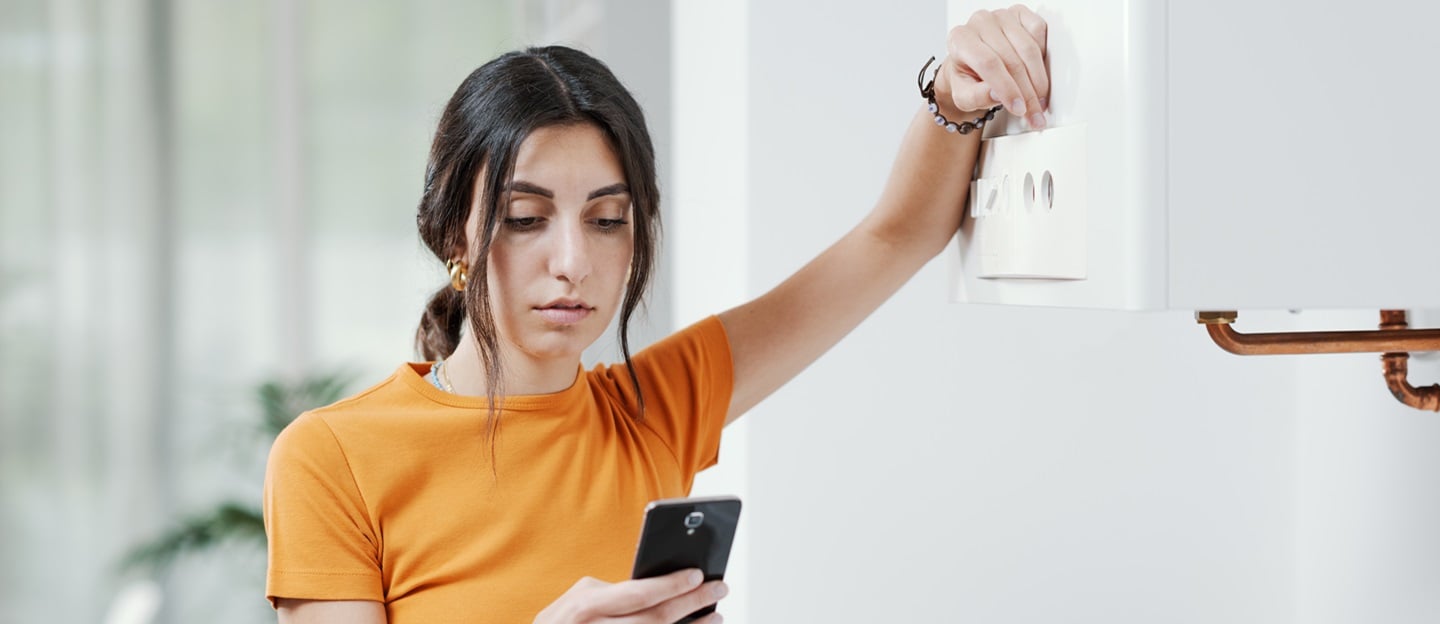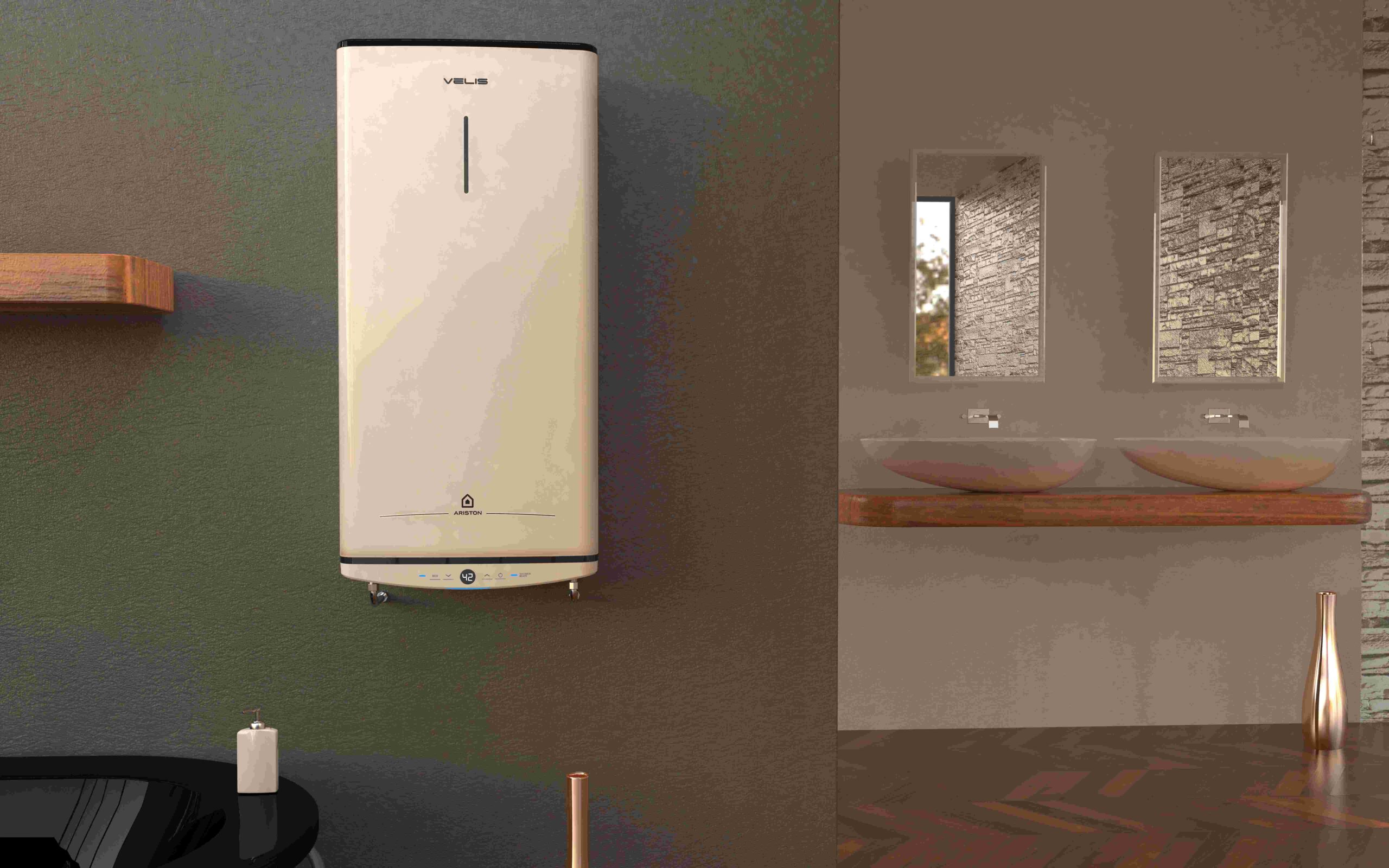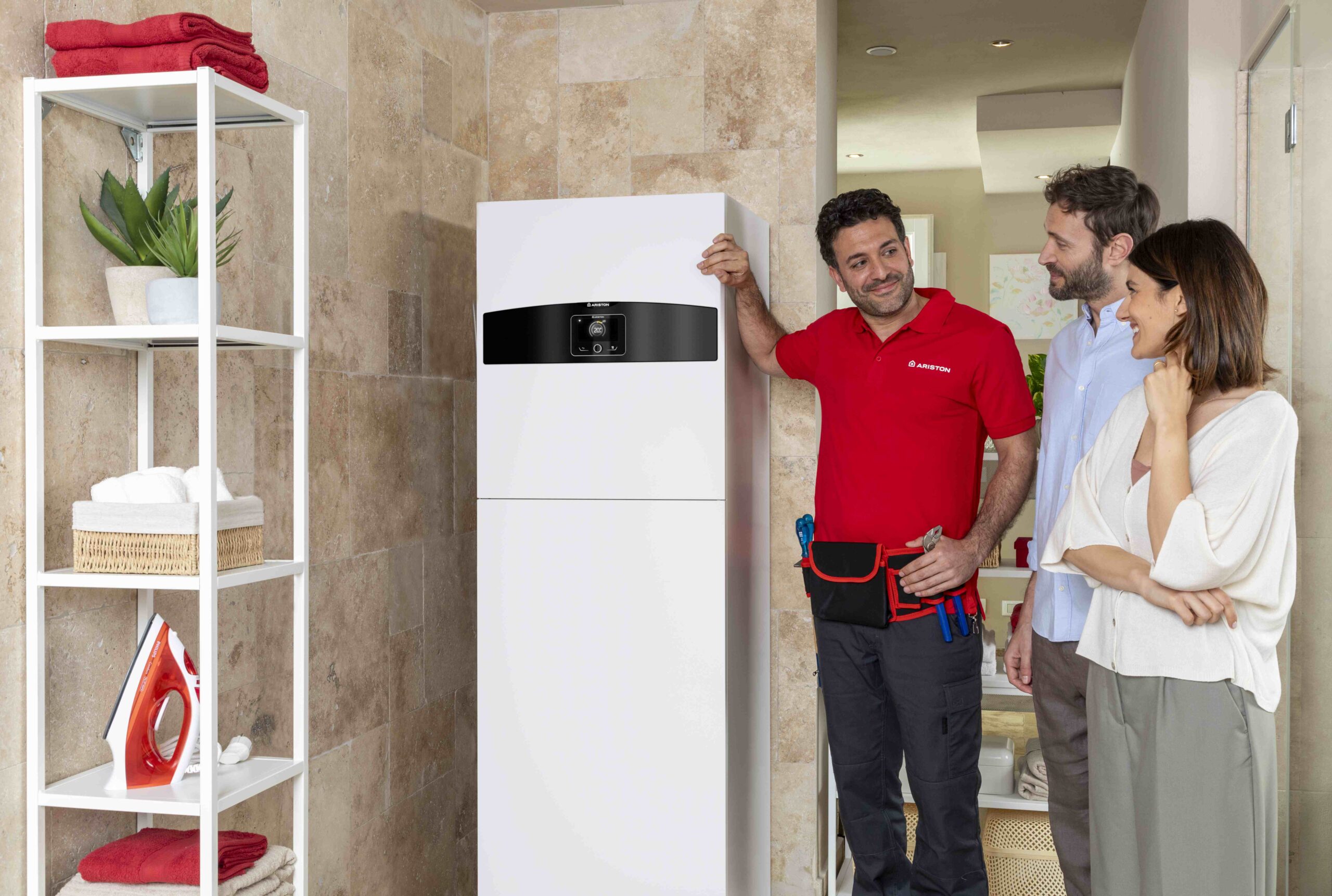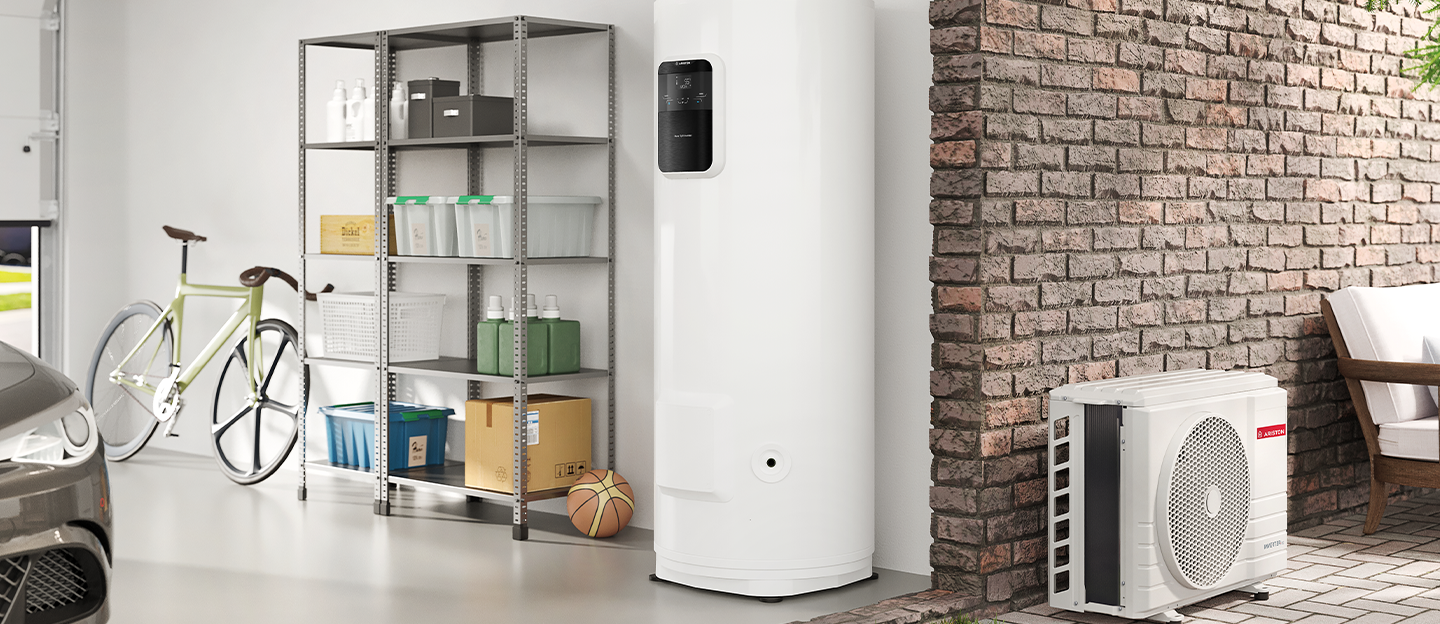How to Tell if a Water Heater Is Full?
How to tell if a water heater is full?
Ensuring your water heater is full before use is essential for proper operation and preventing potential damage. A partially filled tank can cause overheating and reduce efficiency. In this guide, we’ll explain how to check if your water heater is full and operating as it should.
Why does it matter if a water heater is full?
A water heater that isn’t completely filled before being powered on can result in damage to the heating elements, leading to expensive repairs. Ensuring the tank is full helps maintain optimal performance, prevents airlocks, and ensures a consistent supply of hot water.
Signs that your water heater is full
To determine if your water heater is full, look for the following signs:
- Continuous water flow from the hot water tap: if you turn on a hot water tap and water flows steadily without air sputtering, the heater is likely full.
- Proper water pressure: low pressure or fluctuating flow might indicate an airlock or incomplete filling.
- No unusual noises: a filled water heater should operate quietly. Gurgling or bubbling noises could suggest air pockets inside the tank.
- Consistent heating performance: if the water heater produces hot water as expected, it is likely full and functioning correctly.
How to check if a water heater is full
To confirm that your water heater is full, follow these steps:
- Turn off the power supply: before checking, make sure the heater is off to avoid damage or safety risks.
- Open a hot water tap: turn on the nearest hot water faucet and observe the flow.
- Monitor for air sputtering: if the water sputters or releases air pockets, the tank may not be full yet.
- Wait for a steady stream: once water flows smoothly without air, the heater is properly filled.
- Check the pressure relief valve: if necessary, slightly lift the valve to see if water escapes, indicating the tank is at full capacity.
What to do if your water heater isn’t filling properly
If your water heater is not filling properly, several factors could be responsible. One of the most common issues is a blocked or closed inlet valve, which can restrict the flow of water into the tank. Ensuring that this valve is fully open can resolve the problem.
Another potential cause is sediment buildup, which accumulates over time and obstructs the flow, reducing filling efficiency. Flushing the tank periodically can help prevent this issue.
Air trapped in the system is another reason a water heater might not fill correctly. To address this, opening multiple hot water taps can help release any trapped air and restore normal water flow. Additionally, a faulty pressure relief valve may prevent the tank from reaching full capacity. If the valve is stuck or malfunctioning, it may need to be inspected and replaced by a professional.
If these troubleshooting steps do not resolve the issue, it is best to contact a qualified technician. They can diagnose the problem accurately and ensure your water heater operates efficiently and safely.






